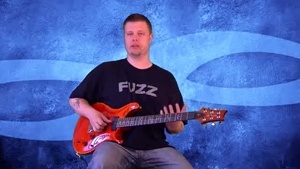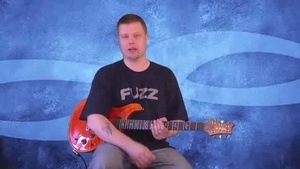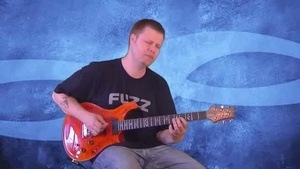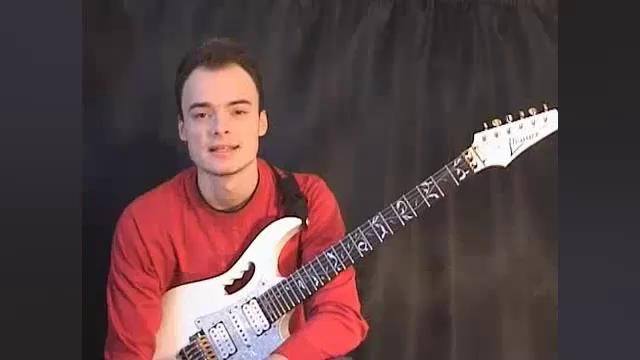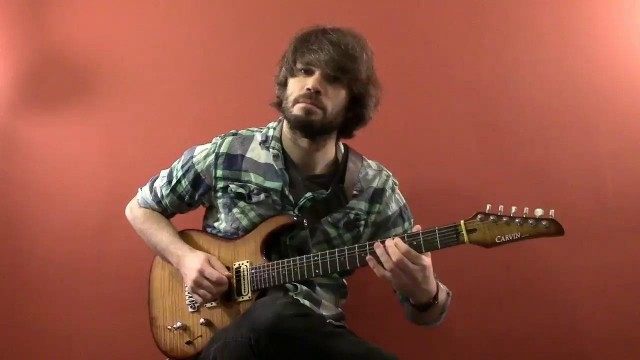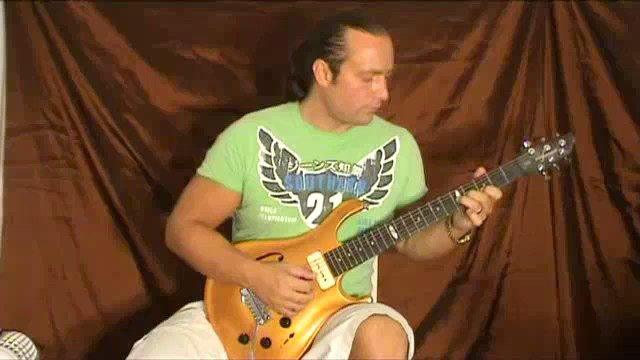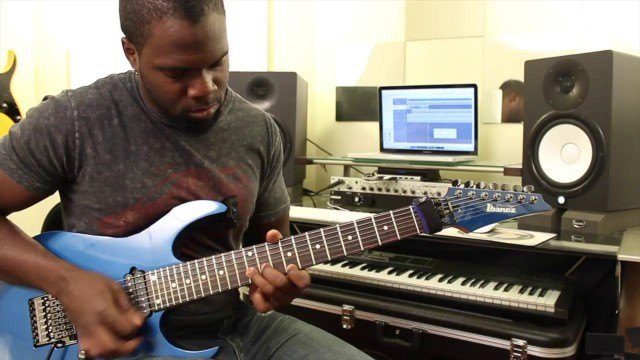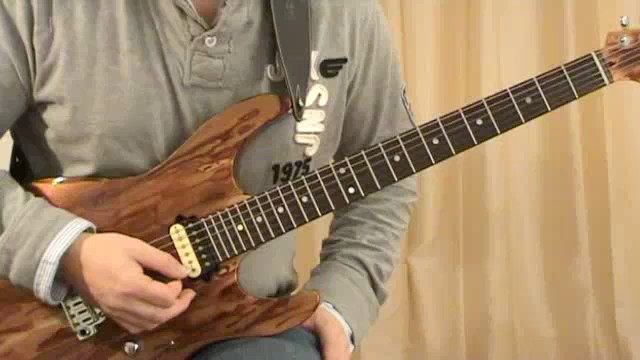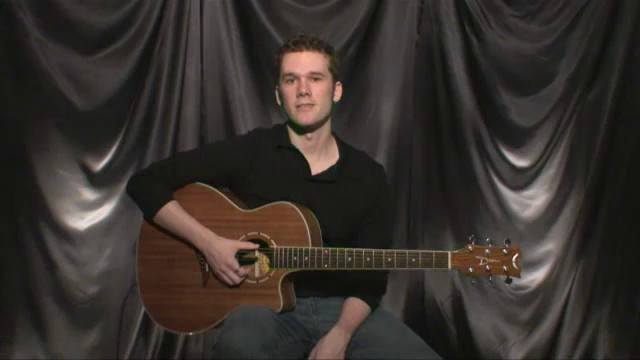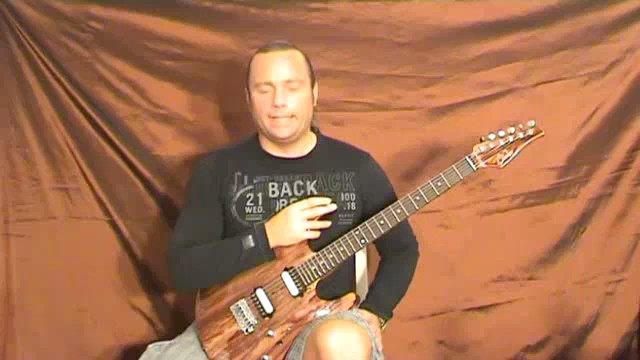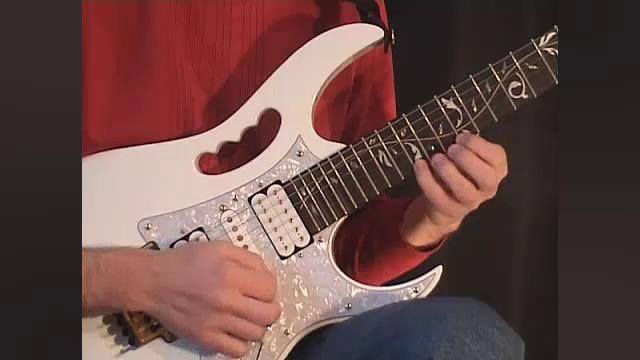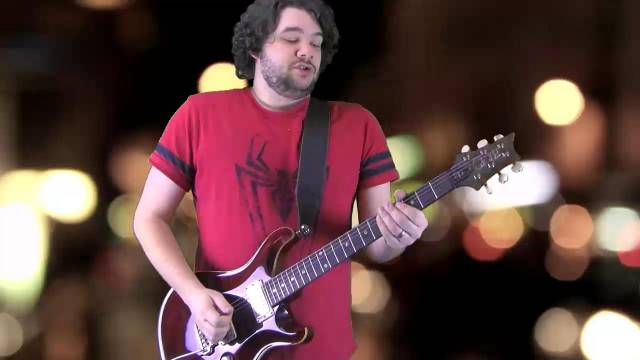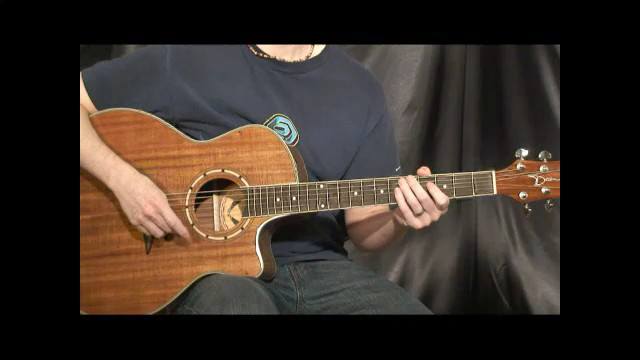Okay, so what do I mean by "floating time"? What this means is that you, whilst keeping your vibrato even, play faster or slower in relation to the beat. For example, one thing you could try is to set your metronome at 120bpm, and then practice the 16th notes. Then while still having that 16th note in 120bmp speed in your fingers, change the metronome to say 90bpm. Now your vibrato will be in 120bmp, 16th notes, whilst the tempo is at 90, thus creating the illusion of you "floating" over the beat.
You will find that every song, and every style of music has their own "sweet" spot when it comes to this "off beat" tempo. In some songs it might be better to stay below the beat, that is playing 80bpm when the song is in 100 or so. You will have to "feel" and listen to judge what suits the tune best.
This can also be likened to the practice of "floating" over the beat when doing legato runs. Players like Satriani to name one, often floats over the beat with his legato runs, always playing them at his comfortable "technical" top speed, regardless of the tempo of the song. With a slower, ballad-type tune, this would create the impression of "emotion" and "feel". However, with a very rhythmically driven fusion or funk backing, this would sound like you're just noodling away not really listening to the tune (and perhaps this is also a reason why Satch mostly resorts to pentatonic licks and lines "in time" when he plays over that kind of a groove).
Another player to mention here would be Yngwie Malmsteen. He also "floats" over the beat, but in a slightly different way than Satch. Where Satriani would keep his note value even in itself (like we do with vibrato), Yngwie will go up and down in speed in relation to the tempo, creating almost the "EKG" version of vibrato in his lines. However, in his type of music, and in his style, this does work very well, and creates his signature lead sound. This is also why you see such groupings like [17:8] over a string of 17 notes, instead of your regular note values. It is impossible to notate many of his things to the letter, since it is floating awkwardly in relation the beat, so in such case just listen and play along until you "feel" the way he speeds up and slows down. It is perhaps one of the most important aspects in trying to emulate Yngwie's lead playing, and very much overlooked by most Yngwie-wannabees.

